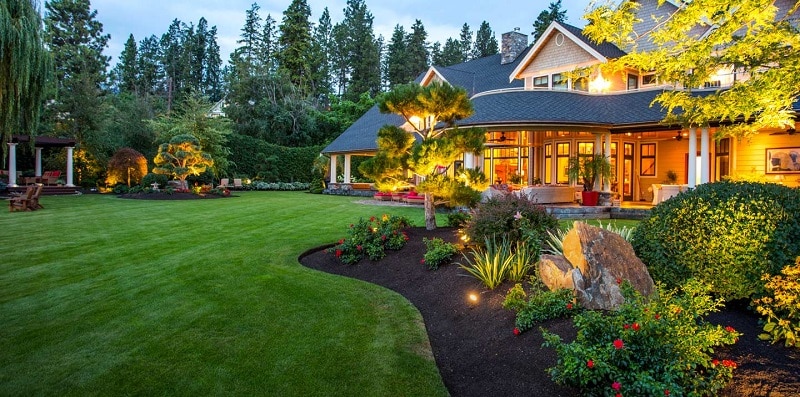While some prefer a picture-perfect landscape in their yard, many of us here in Texas prefer a more rustic aesthetic. A few rocks and cacti here and there can create a natural appeal, which blends nicely with an otherwise manicured lawn.
If a rugged and low-maintenance yardscape is appealing to you, but you aren’t sure where to begin, we suggest looking into the broad variety of rocks and stones you can add to your landscape. Decomposed Granite Landscaping Installation has some fantastic ideas, but we should also explore some concepts that utilize other rock-based landscaping materials.
River Rocks
Typically, river rocks are sourced from local quarries, and are favored for their smooth appearance. Their coloring is usually quite natural, ranging from soft greys and whites to light beige or brown. Naturally softened from getting tumbled against each other in the river’s stream, these rocks provide a smooth yet natural appearance to your landscape.
River rocks can be used to accent your walkway, enhance your rock garden, or to create a flat barrier along the edges of your flower bed. They require a sand base if the installation is shallow, or a more solid base (such as netting or tarp) if the installation requires a deeper foundation. Be sure you consult with a landscaping professional to determine what works best with your design concepts.
Decomposed Granite
The term “decomposed” typically renders images of rotting organic material, but that is not the intended idea behind decomposed granite. It simply means that the “parent” material, which originally kept the rocks composed as larger chunks, has broken down. The result of that process is small and attractive granite rocks that can easily be used for ornamental landscaping.
Decomposed granite typically offers a clay-like color and texture, as most granite is composed largely of clay and silica. Once it’s decomposed to the point of commercial use, it is about the size and texture of typical gravel. This makes it a great filler material for hardscaping projects like edging and flat borders.
Larger Rocks and Stones
These are great materials for larger projects, such as short walls and rock gardens. The materials can be sourced locally, from your own lawn or from nature walks. Conversely, you can consult your local quarry or garden store to see what they’ve got in stock.
Some larger materials, such as chipped stones or bedrock, can be fashioned into barriers for a flower bed or vegetable garden. They can either be offset for optimal balance, or fastened into place with concrete. This is an attractive alternative to traditional brickwork, as it offers a more rustic aesthetic to your landscape.
Just like other hardscaping materials, larger rocks and stones will need to be washed off from time to time. Be sure you don’t overdo it, as you do not want to waterlog the surrounding topsoil, or create an excess of standing water around your installment.

